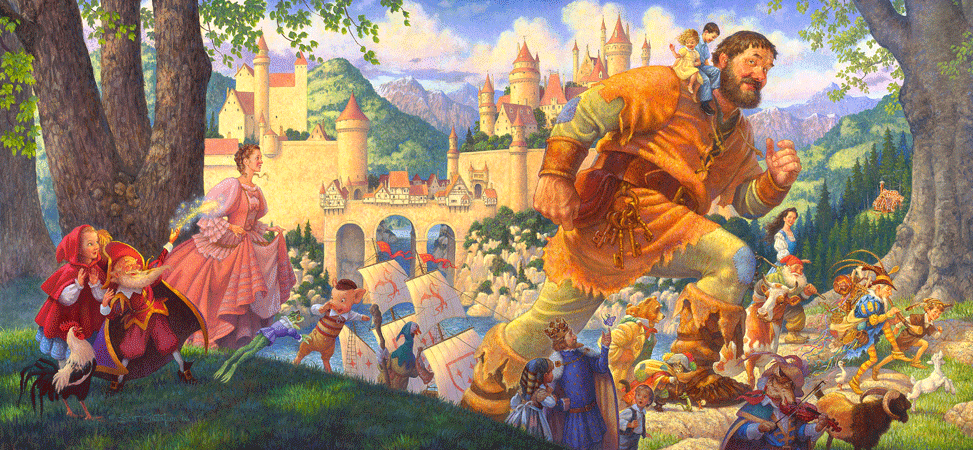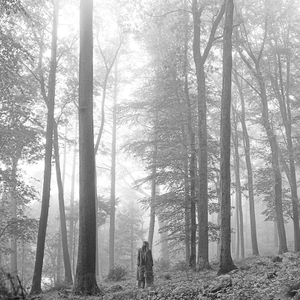Stamp: The Devil's Hoofprint (Guernsey 2017)
The Devil's Hoofprint (Guernsey 2017)
19 July (Guernsey ) within release Guernsey Folklore goes into circulation Stamp The Devil's Hoofprint face value 90 Guernsey penny
| Stamp The Devil's Hoofprint in catalogues | |
|---|---|
| Michel: | Mi: GG 1626 |
Stamp is vertical format.
Also in the issue Guernsey Folklore:
- Stamp - The Devil's Hoofprint face value 90;
- Stamp - The fairies' Gallows face value 73;
- Stamp - Pierre Dumont and Le P'tit Colin face value 80;
- Souvenir Sheet - The Corner of the Goat face value 3;
- Stamp - The De Garis Family and the Pouques face value 44;
- Stamp - The Corner of the Goat face value 3;
- Stamp - The fairies' Bat face value 59;
- Stamp - The fairy invasion of Guernsey face value 60;
Stamp The Devil's Hoofprint it reflects the thematic directions:
A fairy tale (alternative names include fairytale, fairy story, magic tale, or wonder tale) is a short story that belongs to the folklore genre.Such stories typically feature magic, enchantments, and mythical or fanciful beings. In most cultures, there is no clear line separating myth from folk or fairy tale; all these together form the literature of preliterate societies. Fairy tales may be distinguished from other folk narratives such as legends (which generally involve belief in the veracity of the events described) and explicit moral tales, including beast fables. Prevalent elements include dragons, dwarfs, elves, fairies, giants, gnomes, goblins, griffins, merfolk, monsters, talking animals, trolls, unicorns, witches, wizards, magic, and enchantments.
Folklore is the body of expressive culture shared by a particular group of people; it encompasses the traditions common to that culture, subculture or group. These include oral traditions such as tales, proverbs and jokes. They include material culture, ranging from traditional building styles to handmade toys common to the group. Folklore also includes customary lore, the forms and rituals of celebrations such as Christmas and weddings, folk dances and initiation rites. Each one of these, either singly or in combination, is considered a folklore artifact. Just as essential as the form, folklore also encompasses the transmission of these artifacts from one region to another or from one generation to the next. For folklore is not taught in a formal school curriculum or studied in the fine arts. Instead these traditions are passed along informally from one individual to another either through verbal instruction or demonstration. The academic study of folklore is called folkloristics.
Myth is a genre of folklore consisting primarily of narratives that play a fundamental role in a society. For scholars, this is very different from the vernacular usage of the term "myth" that refers to a belief that is not true. Instead, the veracity of a myth is not a defining criterion



